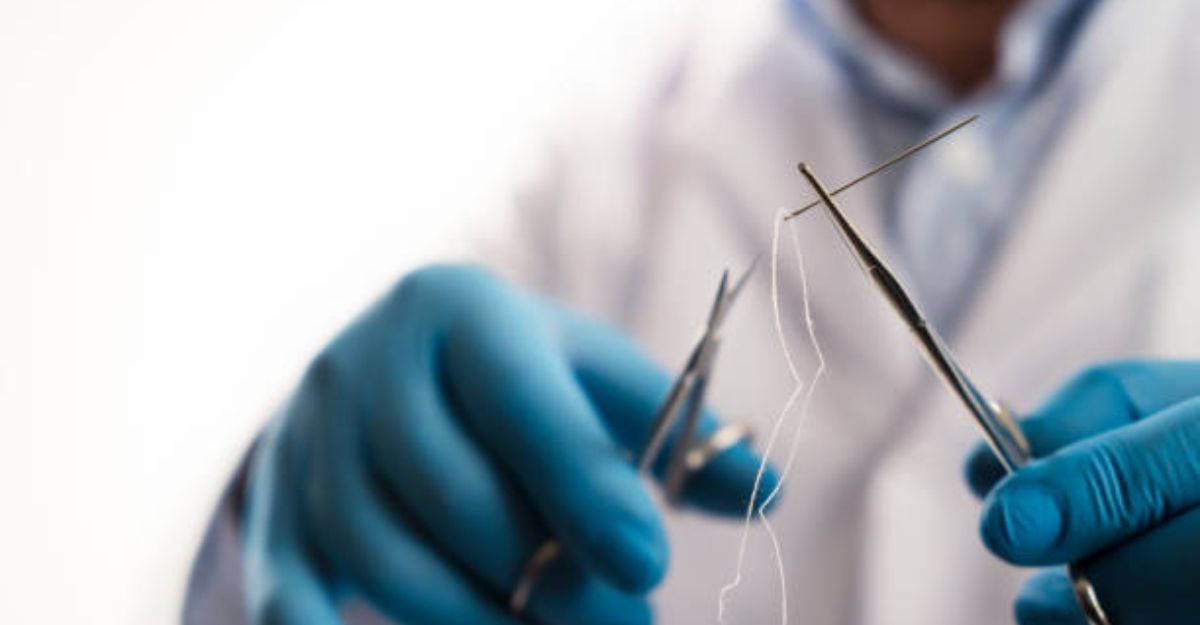Introduction:
Experiencing pain from stitches is a common concern after surgery or injury, and finding ways to alleviate this discomfort is essential for a smoother recovery. While it’s crucial to follow medical advice and consult with healthcare professionals, today we will talk about some natural remedies and practices that may help relieve pain associated with stitches. This essay explores practical and gentle approaches to promote comfort and enhance the healing process.
Understanding Pain from Stitches:
Stitches, also known as sutures, are used to close wounds and facilitate the healing of injured tissues. Pain and discomfort are normal reactions during the recovery period, but integrating simple remedies can contribute to managing pain and promoting overall well-being.
Follow Medical Instructions:
Before exploring natural remedies, it’s crucial to adhere to the specific instructions provided by your healthcare professional. Following their guidance on wound care, medication, and activity restrictions is paramount for a successful recovery.
Over-the-Counter Pain Relief:
Non-prescription pain relievers, such as acetaminophen or ibuprofen, can be effective in managing pain from stitches. Ensure you take medications as directed and consult with your healthcare provider if you have any concerns or conditions.
Cold Compress:
Applying a cold compress to the area surrounding the stitches can help reduce swelling and numb the area, providing relief from pain. Use a cold pack wrapped in a thin cloth and apply it for 10-15 minutes at a time.
Elevate the Injured Area:
If possible, elevating the injured body part can help minimize swelling and alleviate pain. This is particularly useful for stitches on limbs or joints. Use pillows or cushions to support the elevation.
Mindful Breathing and Relaxation Techniques:
Practicing mindful breathing and relaxation techniques can help manage pain perception. Deep, slow breaths can promote relaxation and reduce tension, contributing to an overall sense of well-being.
Topical Arnica Gel:
Arnica gel, derived from the arnica flower, is known for its anti-inflammatory properties. Applying a small amount of arnica gel to the area around the stitches may help reduce pain and bruising. Consult with your healthcare provider before using any topical treatments.
Gentle Movement and Stretching:
Performing gentle movements and stretches as advised by your healthcare provider can prevent stiffness and improve blood circulation around the stitches. Avoid strenuous activities and follow your provider’s recommendations.
Hydration and Nutrition:
Staying hydrated and maintaining a balanced diet rich in vitamins and minerals can support the body’s natural healing processes. Adequate hydration is crucial for tissue repair.
Herbal Teas:
Certain herbal teas, such as chamomile or ginger tea, may have mild pain-relieving and anti-inflammatory properties. Enjoying a warm cup of herbal tea can be a soothing addition to your recovery routine.
Conclusion:
While these natural remedies may offer relieve from pain associated with stitches, it’s important to prioritize communication with your healthcare professional. By combining these practical approaches with professional guidance, individuals can take proactive steps towards managing pain from stitches and supporting a smoother recovery process.

